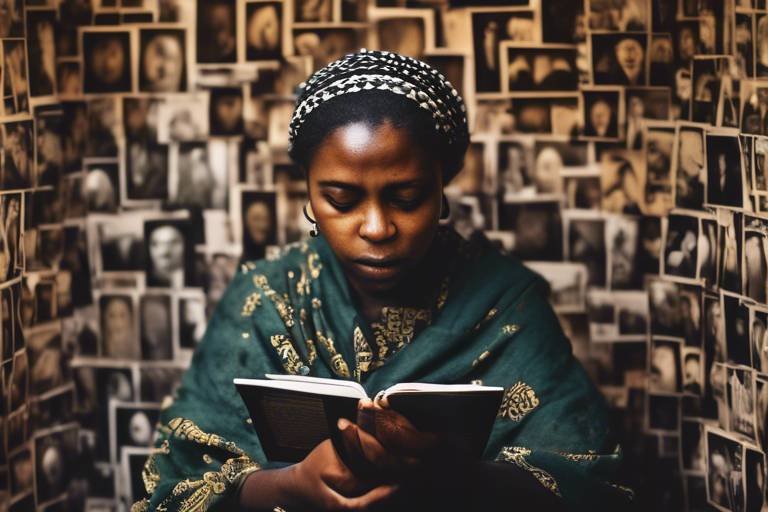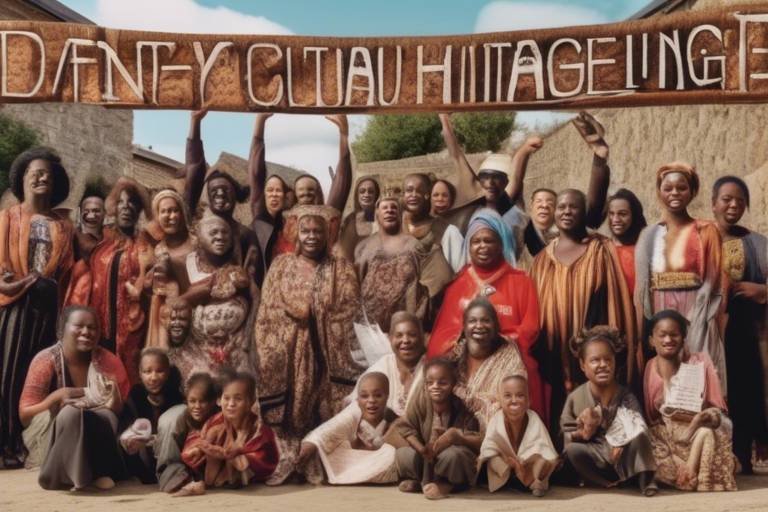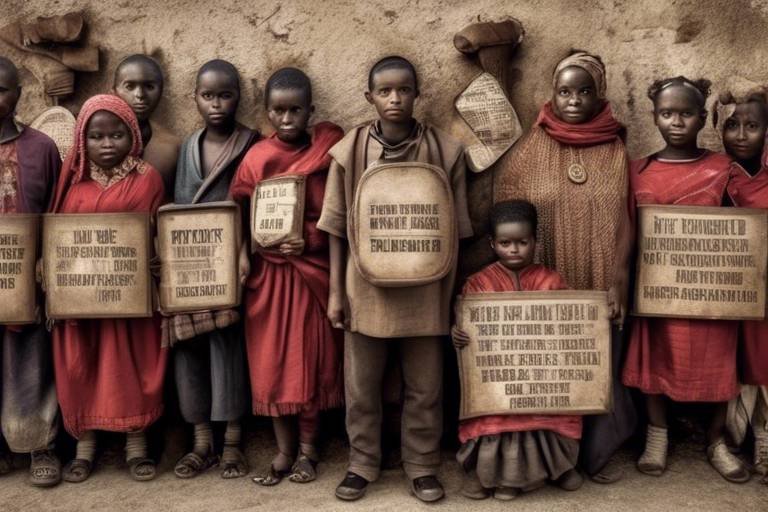How to Collaborate with Local Communities on Heritage Projects
Collaborating with local communities on heritage projects is a dynamic process that requires a deep understanding of the community's values, traditions, and aspirations. By engaging with local residents, organizations, and leaders, heritage projects can truly reflect the essence and identity of the community they serve. This collaborative approach not only enriches the project outcomes but also fosters a sense of ownership and pride among community members.
When embarking on a heritage project, it is essential to involve the local community from the initial planning stages. By seeking input and feedback from community stakeholders, project organizers can tailor their initiatives to meet the specific needs and desires of the community. This inclusive approach ensures that the project resonates with the local population and contributes to the preservation of cultural heritage in a meaningful way.
Furthermore, collaboration with local communities allows for the exchange of knowledge and expertise between project organizers and community members. Through sharing skills, resources, and experiences, both parties can learn from each other and collectively work towards common heritage goals. This mutual exchange not only enhances the project's impact but also strengthens relationships and builds trust within the community.
Effective communication lies at the heart of successful collaboration with local communities. Clear and transparent communication channels ensure that community members are informed about project developments, timelines, and opportunities for involvement. By fostering open dialogue and listening to the voices of the community, project organizers can build strong relationships based on trust, respect, and mutual understanding.
Respecting cultural sensitivities and traditions is paramount when working on heritage projects within local communities. Acknowledging and honoring the cultural heritage of the community demonstrates a deep appreciation for its history and identity. By incorporating cultural values and practices into project planning and implementation, organizers can ensure that the project is culturally sensitive and inclusive.
Empowering community participation is key to the success of heritage projects. By involving community members in decision-making processes and project activities, organizers can create a sense of ownership and investment in the project outcomes. This active participation not only enhances the project's sustainability but also fosters a sense of pride and belonging within the community.
Celebrating diversity and inclusivity within heritage projects is essential for reflecting the rich cultural tapestry of local communities. By embracing different perspectives, traditions, and histories, projects can create a vibrant and inclusive space that celebrates the community's unique heritage. This diversity enriches the project's impact and creates a sense of unity among community members.
Measuring the impact and success of collaborative heritage projects is crucial for evaluating their effectiveness and relevance to the community. By collecting feedback, conducting assessments, and monitoring outcomes, project organizers can gauge the project's contribution to cultural preservation and community development. This evaluation process informs future initiatives and ensures continuous improvement and innovation.
Ensuring the long-term sustainability of heritage projects requires ongoing community engagement and support. By building strong partnerships with local stakeholders, organizations, and authorities, projects can secure resources, funding, and expertise for long-term success. This collaborative approach fosters a sense of shared responsibility and commitment to preserving cultural heritage for future generations.
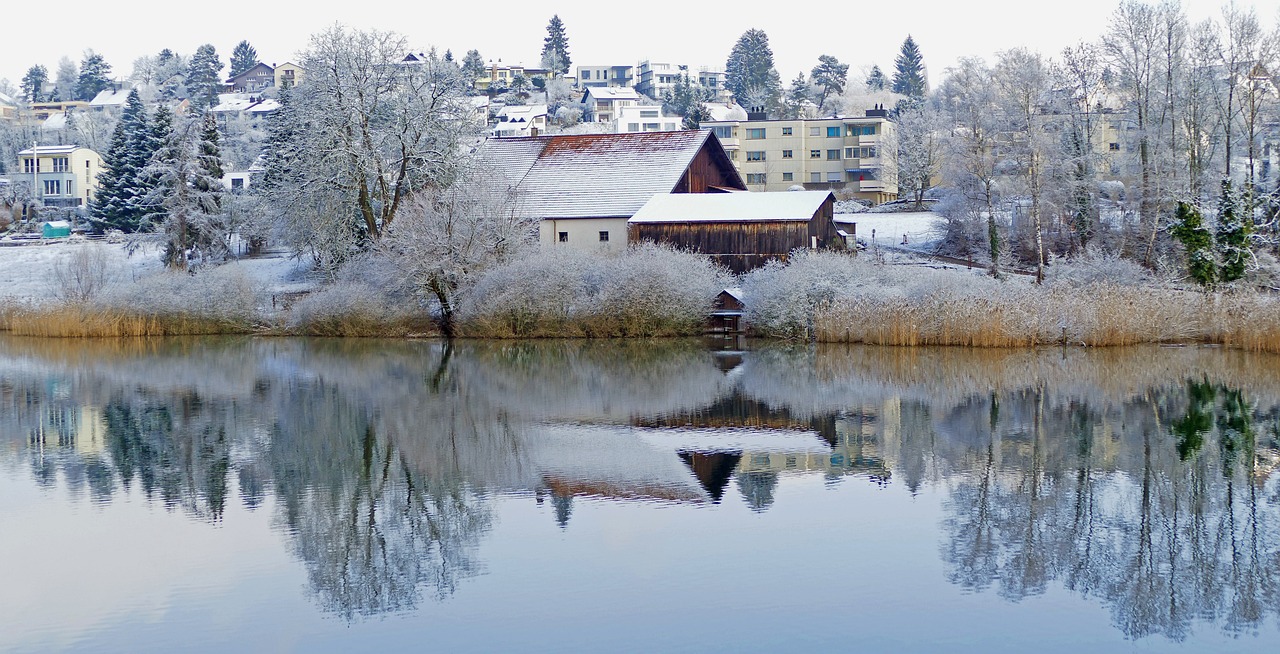
Understanding the Importance of Community Involvement
Community involvement plays a pivotal role in heritage projects, acting as the cornerstone for successful preservation and celebration of cultural heritage. When local communities actively participate in such initiatives, they not only contribute their valuable insights and knowledge but also develop a sense of ownership and pride in their shared heritage. This involvement fosters a deeper connection between the community and the project, creating a symbiotic relationship that benefits both parties.
By engaging local communities in heritage projects, organizers can tap into a wealth of traditional practices, stories, and expertise that might otherwise be lost over time. The diverse perspectives and experiences of community members enrich the project, adding layers of authenticity and depth that resonate with both current and future generations. In essence, community involvement ensures that heritage projects are not just about preserving the past but also about building a sustainable future rooted in shared history and culture.
Moreover, when communities are actively involved in heritage initiatives, they become advocates for cultural preservation and ambassadors of their own heritage. This grassroots support is invaluable in garnering broader recognition and appreciation for local traditions and practices. Through collaborative efforts, communities can amplify their voices and showcase the unique aspects of their cultural identity, fostering a sense of unity and pride among residents.
Ultimately, community involvement in heritage projects is not just about completing a task but about nurturing a sense of belonging and connection within the community. It is about empowering individuals to take ownership of their heritage, celebrate their diversity, and contribute to a collective legacy that transcends time and boundaries.
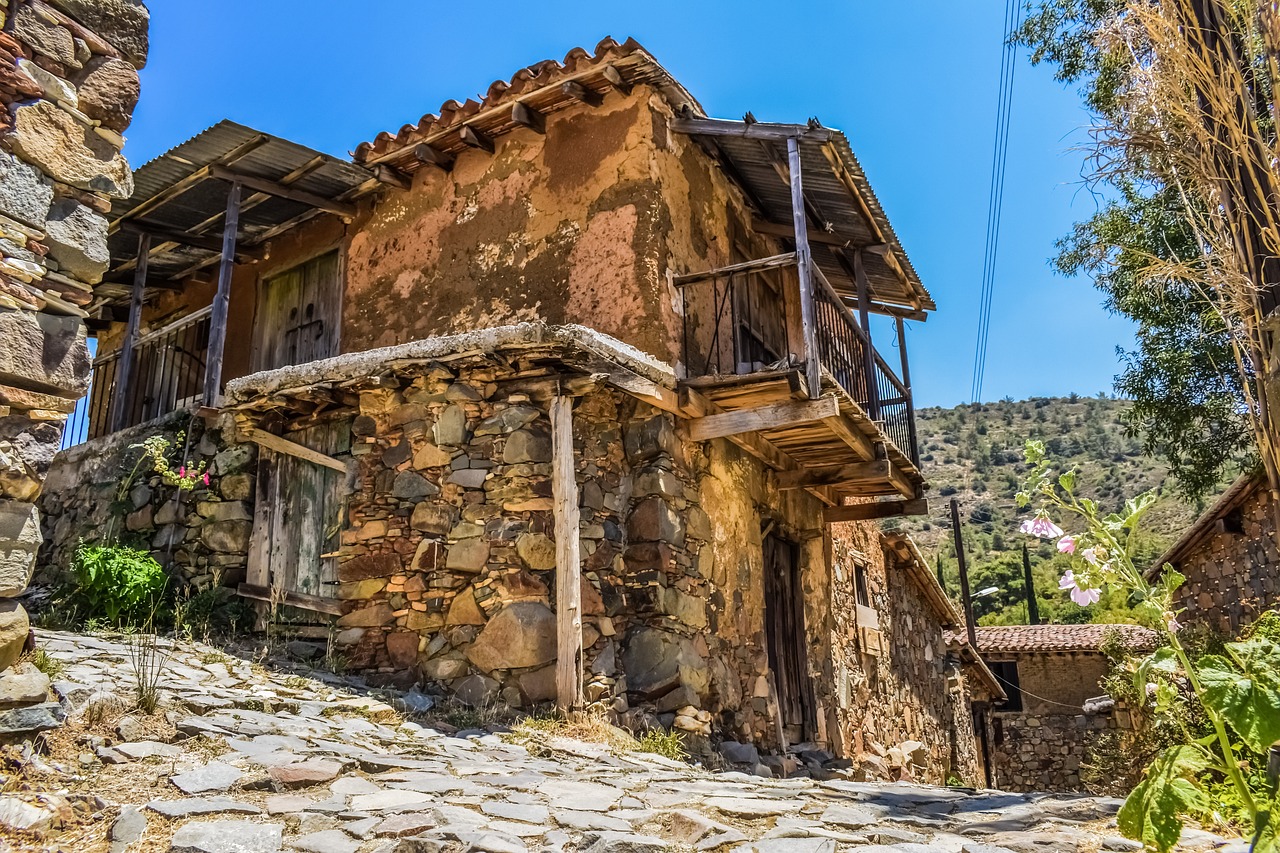
Building Trust and Relationships
Building trust and relationships with local communities is a fundamental aspect of successful heritage projects. It involves creating a bond based on mutual respect and understanding, essential for fostering collaboration and achieving shared goals. Imagine trust as the foundation of a sturdy building – without it, the structure crumbles under the slightest pressure. Similarly, in heritage projects, trust forms the groundwork for meaningful interactions and sustainable partnerships.
One effective way to build trust is through active listening and empathy. By truly hearing the concerns and aspirations of community members, project organizers can demonstrate genuine interest and commitment to working together. This listening process is like planting seeds of trust that, with nurturing and care, grow into strong relationships that withstand challenges and uncertainties.
Transparency is another key element in building trust. Open communication about project goals, processes, and outcomes helps to dispel any doubts or misunderstandings within the community. It's like shining a light on the path ahead, guiding both organizers and community members towards a shared vision of success.
Establishing personal connections is also vital in building relationships. Taking the time to engage with individuals on a personal level, understanding their backgrounds, and acknowledging their contributions can create a sense of belonging and ownership within the community. It's akin to weaving a tapestry of diverse experiences and perspectives, each thread adding strength and beauty to the collective heritage project.
Moreover, consistency and reliability play a crucial role in building trust over time. Keeping promises, following through on commitments, and being present in the community demonstrate integrity and dedication. Like a well-crafted piece of artwork, trust and relationships require patience, skill, and attention to detail to create a masterpiece that stands the test of time.
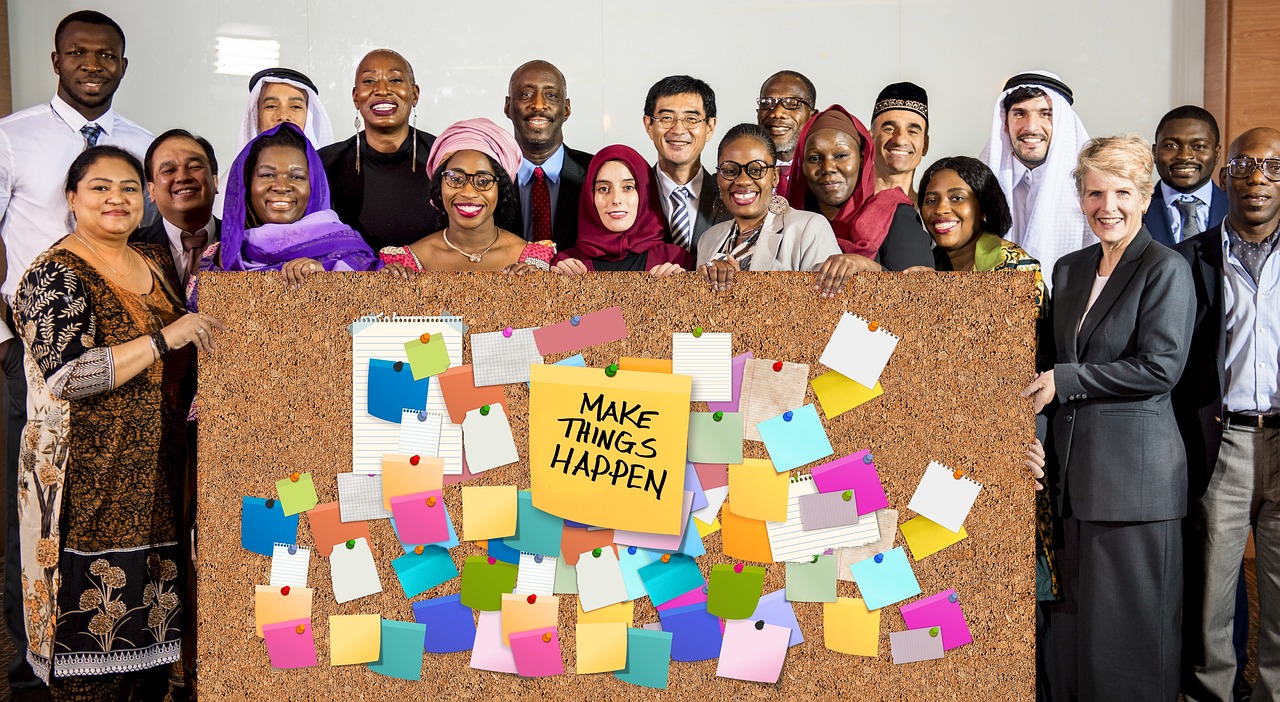
Effective Communication Strategies
Heritage projects are not just about preserving buildings or artifacts; they are about safeguarding the stories and traditions that define a community's identity. In this article, we will delve into the intricacies of collaborating with local communities on heritage projects, highlighting the importance of community involvement and the strategies needed to ensure successful outcomes.
Effective communication lies at the heart of any successful collaboration, especially when it comes to heritage projects that involve multiple stakeholders with diverse perspectives. Project organizers must employ clear and inclusive communication strategies to ensure that all community members feel heard and valued.
One approach to fostering effective communication is to hold regular community meetings where project updates are shared, and feedback is actively solicited. These gatherings can serve as a platform for open dialogue, allowing community members to express their concerns, ideas, and aspirations for the project.
Moreover, utilizing multiple communication channels, such as social media, newsletters, and community notice boards, can help reach a wider audience and keep everyone informed about project developments. By embracing transparency and accessibility in communication, project organizers can cultivate a sense of trust and collaboration within the community.
Another essential aspect of effective communication is the ability to listen actively. Project organizers must not only convey information but also demonstrate a willingness to understand the perspectives and priorities of community stakeholders. By practicing active listening and showing empathy towards community members, organizers can build stronger relationships and foster a sense of shared ownership over the heritage project.
Furthermore, utilizing visual aids, such as maps, diagrams, and renderings, can enhance communication by providing a clear visual representation of the project's goals and impact. Visual storytelling can bridge language barriers and convey complex ideas in a more accessible and engaging manner, fostering a deeper connection between organizers and the community.
In summary, effective communication strategies are essential for building trust, fostering collaboration, and ensuring the success of heritage projects that rely on community involvement. By prioritizing clear, inclusive, and empathetic communication, project organizers can create a shared vision that celebrates the rich heritage of local communities.
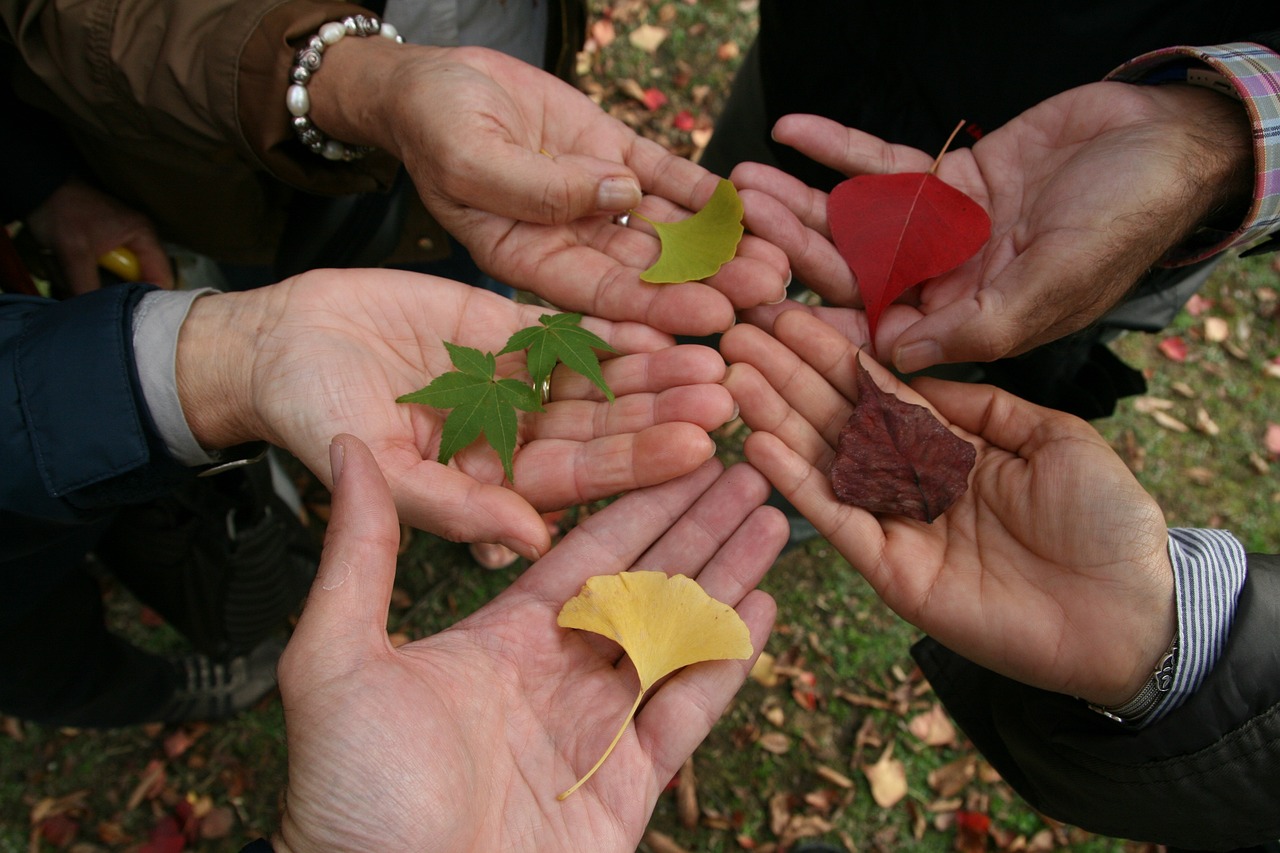
Respecting Cultural Sensitivities
Collaborating with local communities on heritage projects is a rewarding endeavor that not only preserves cultural heritage but also fosters a sense of pride and ownership among community members. In this article, we will delve into various aspects of engaging with local communities to ensure the success and sustainability of heritage initiatives.
When embarking on heritage projects within local communities, it is paramount to respect cultural sensitivities and traditions to establish a harmonious relationship with community members. By acknowledging and honoring the unique cultural practices and beliefs of the community, project organizers can build trust and credibility, paving the way for meaningful collaboration.
One effective way to demonstrate respect for cultural sensitivities is to engage in open dialogue with community leaders and elders to gain insights into the cultural norms and values that shape the community's identity. By listening attentively and valuing the perspectives of community members, project organizers can ensure that their initiatives align with the cultural fabric of the community.
Furthermore, sensitivity towards cultural heritage sites and artifacts is crucial in preserving the authenticity and significance of these assets. Implementing measures to protect and conserve cultural treasures while involving the community in their maintenance can instill a sense of pride and responsibility among residents, fostering a shared commitment to heritage preservation.
Incorporating cultural sensitivity training for project staff and volunteers can also enhance awareness and understanding of diverse cultural practices and customs. By promoting a culture of inclusivity and respect, heritage projects can become catalysts for celebrating the richness of cultural diversity within local communities.
Ultimately, by respecting cultural sensitivities throughout the planning and implementation of heritage projects, organizations can forge strong bonds with local communities, ensuring that preservation efforts are carried out collaboratively and sustainably.

Empowering Community Participation
Collaborating with local communities on heritage projects is a dynamic process that requires a deep understanding of community dynamics and effective engagement strategies. In this article, we will delve into the essential aspects of working hand in hand with local communities to preserve cultural heritage and foster a sense of pride and ownership.
Empowering community participation is the cornerstone of successful heritage projects. By involving community members in decision-making processes and project implementation, you not only harness their collective knowledge and expertise but also instill a sense of ownership and pride in the heritage being preserved.
One effective way to empower community participation is to establish community advisory boards or committees that include diverse representation from the local population. These platforms provide a voice to community members and ensure that their perspectives and concerns are taken into account throughout the project.
Furthermore, organizing community workshops, training sessions, and skill-building activities can empower individuals to actively contribute to heritage projects. By equipping community members with the necessary tools and knowledge, you enable them to take on meaningful roles and responsibilities, driving the project forward with a sense of purpose and dedication.
It is crucial to create a collaborative environment where community members feel valued and respected for their contributions. Recognizing and celebrating the unique skills and experiences that each individual brings to the table fosters a sense of belonging and encourages continued engagement in heritage preservation efforts.
Moreover, transparency and open communication are key to empowering community participation. Keeping community members informed about project developments, challenges, and successes not only builds trust but also invites constructive feedback and suggestions for improvement. By fostering a culture of open dialogue and inclusivity, you create a shared vision for the project that resonates with the community at large.
1. How can local communities benefit from participating in heritage projects?
2. What are some effective strategies for engaging community members in decision-making processes?
3. How can project organizers ensure that the voices of all community members are heard and valued?
4. What role does education and skill-building play in empowering community participation?
5. How can the long-term sustainability of heritage projects be ensured through ongoing community engagement?

Sharing Knowledge and Resources
When embarking on heritage projects in collaboration with local communities, the exchange of knowledge and resources plays a pivotal role in achieving common goals and fostering mutual growth. By sharing expertise, skills, and resources, both project organizers and community members can contribute to the preservation and enhancement of cultural heritage in a meaningful way.
Imagine a scenario where a community is restoring a historic building with limited resources but abundant local craftsmanship. In this situation, sharing knowledge on traditional building techniques and collaborating with skilled artisans not only enriches the project outcome but also empowers the community to take ownership of their heritage. This exchange creates a symbiotic relationship where each party brings valuable assets to the table, resulting in a project that resonates with authenticity and local pride.
Moreover, sharing resources goes beyond material possessions; it encompasses the sharing of intangible assets such as oral histories, cultural practices, and generational wisdom. These invaluable resources not only enrich the heritage project but also strengthen the bonds between project stakeholders and the community, creating a sense of shared responsibility and collective ownership.
Collaborative knowledge-sharing initiatives can take various forms, from workshops and training sessions to mentorship programs and community-led skill exchanges. By fostering a culture of continuous learning and mutual support, heritage projects can transcend mere restoration efforts and become catalysts for sustainable community development and cultural revitalization.

Celebrating Diversity and Inclusivity
Collaborating with local communities on heritage projects is not just about preserving historical sites; it's about creating a bond that transcends time. By involving community members in the preservation and restoration of cultural heritage, we not only safeguard our past but also nurture a sense of pride and ownership among the people. This article delves into the various aspects of working hand in hand with local communities to ensure the success and sustainability of heritage projects.
When it comes to heritage projects, celebrating diversity and promoting inclusivity are key ingredients for a vibrant and meaningful outcome. Just like a tapestry woven from threads of different colors and textures, a community thrives when it embraces its diverse heritage. By acknowledging and honoring the various cultural backgrounds within a community, heritage projects become a true reflection of the richness and depth of local traditions.

Measuring Impact and Success
Collaborating with local communities on heritage projects is not just about completing a task; it's about creating a shared journey towards preserving our cultural legacy. By involving community members in these initiatives, we can ensure that our heritage is not just preserved but celebrated for generations to come.
When embarking on a heritage project in collaboration with local communities, it is crucial to have mechanisms in place to measure the impact and success of the endeavor. These metrics go beyond mere numbers; they encompass the tangible and intangible benefits accrued by both the community and the preservation of cultural heritage.
One effective way to measure impact is through community feedback and engagement. By actively seeking input from local residents, project organizers can gauge the project's resonance within the community and make necessary adjustments to align with their needs and expectations.
Additionally, tracking the physical changes brought about by the project, such as restored heritage sites or increased visitor numbers, can provide concrete evidence of its success. These visible outcomes serve as testaments to the collaborative efforts of the community and project organizers in safeguarding cultural heritage.
Moreover, evaluating the project's long-term effects on community pride, sense of ownership, and cultural awareness is essential in determining its overall impact. By assessing how the project has influenced the community's connection to its heritage, we can measure its lasting significance beyond the project's completion.
Success in collaborative heritage projects can also be measured by the project's ability to catalyze further community engagement and support for future initiatives. When a project becomes a catalyst for ongoing preservation efforts and community involvement, it signifies a sustainable impact that transcends individual projects.
In essence, measuring the impact and success of collaborative heritage projects involves a holistic approach that considers not only quantitative data but also qualitative indicators of community empowerment, cultural enrichment, and sustainable heritage preservation.

Ensuring Long-Term Sustainability
Ensuring long-term sustainability in heritage projects is crucial for preserving cultural significance and community engagement over time. One effective strategy is to establish partnerships with local organizations or institutions that can provide ongoing support and resources. By fostering these collaborations, projects can tap into a wider network of expertise and funding opportunities, ensuring their longevity beyond the initial phases.
Additionally, incorporating educational programs and workshops into the project framework can help build a sense of ownership and responsibility within the community. By empowering individuals with the knowledge and skills to maintain and promote their heritage, projects can create a sustainable legacy that continues to thrive for generations to come.
Furthermore, implementing monitoring and evaluation mechanisms is essential for tracking the impact and effectiveness of the project over time. By regularly assessing key performance indicators and soliciting feedback from community members, project organizers can make informed decisions to adapt and improve their strategies for long-term success.
In terms of financial sustainability, exploring diverse revenue streams such as grants, donations, and sponsorships can provide stability and flexibility for heritage projects. By diversifying funding sources, projects can reduce reliance on a single income stream and ensure continued operations even in challenging economic conditions.
Lastly, fostering a sense of pride and ownership among community members is paramount for the sustained success of heritage initiatives. By celebrating achievements, milestones, and cultural milestones together, projects can strengthen social cohesion and commitment to preserving and promoting their shared heritage for years to come.
Frequently Asked Questions
- What are the benefits of collaborating with local communities on heritage projects?
Collaborating with local communities on heritage projects brings a sense of ownership and pride to the community, fosters a deeper connection to their cultural heritage, and ensures that the projects are culturally sensitive and relevant to the community's needs.
- How can project organizers build trust with local community members?
Building trust with local community members involves active listening, open communication, transparency in decision-making processes, and demonstrating a genuine commitment to respecting and valuing the community's input and perspectives.
- Why is it important to celebrate diversity and inclusivity in heritage projects?
Celebrating diversity and promoting inclusivity in heritage projects not only enriches the cultural tapestry of the community but also ensures that the projects are representative of the diverse voices and experiences within the community, leading to more meaningful and impactful outcomes.
- How can the impact and success of collaborative heritage projects be measured?
The impact and success of collaborative heritage projects can be measured through various indicators such as community engagement levels, preservation of cultural heritage assets, economic and social benefits to the community, and the extent to which the projects have contributed to fostering a sense of cultural identity and pride among community members.










